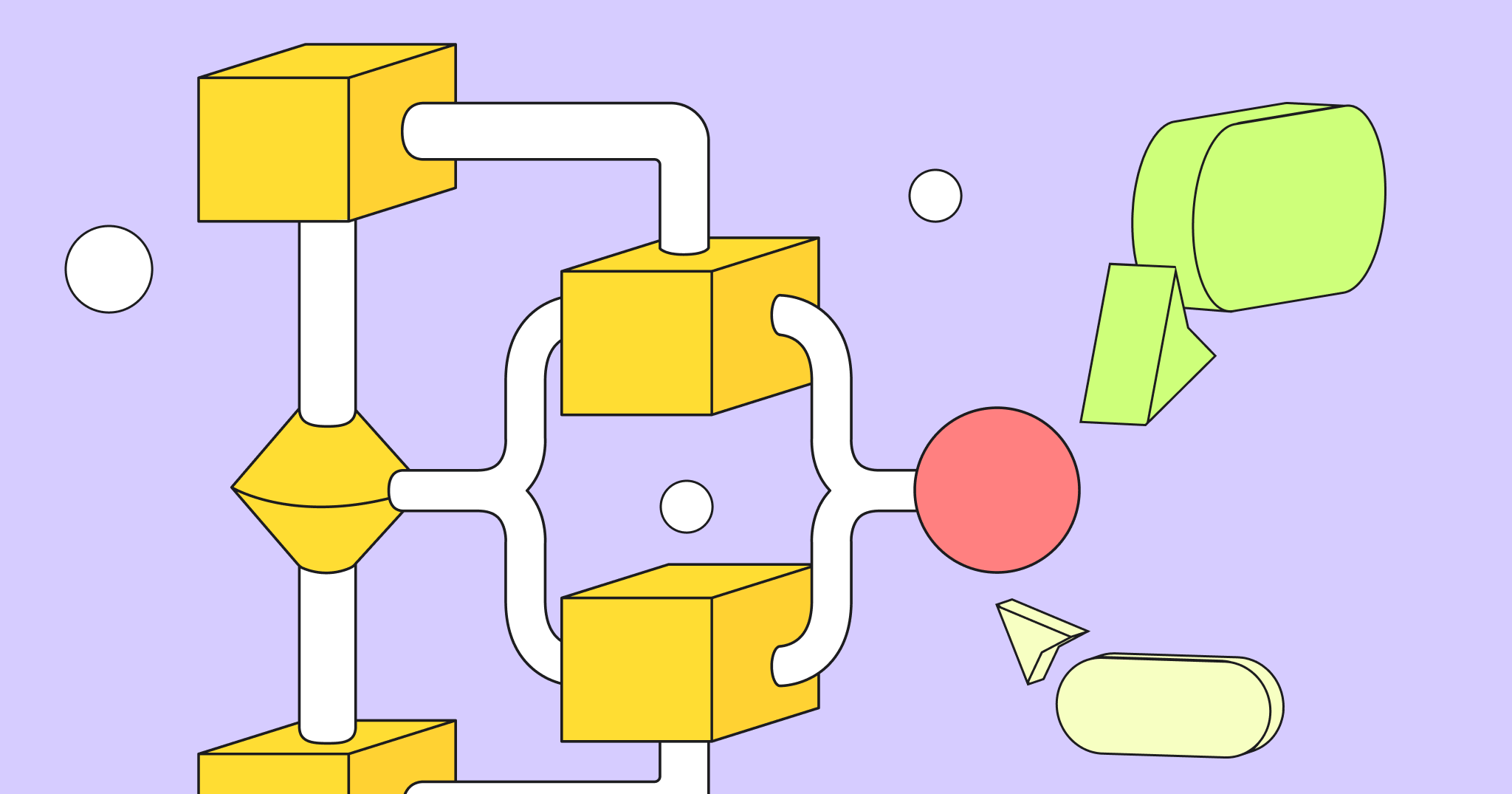The idea of customer centricity sounds simple enough in theory: Just treat customers well, right? But building a customer-centric culture is about more than just good customer service.
In fact, customer centricity is an organizational mindset that shapes everything from product design to entire business functions — even the ones that aren’t necessarily customer-facing. It speaks to an organization’s ability to put the customer at the forefront of all business decisions.
According to data from Miro’s Global Innovation survey, a decisive majority of leaders (84%) say that customer centricity is crucial for innovation. On the other hand, 59% of leaders say customer insights are only a nice-to-have, while another 59% consider them too unwieldy to fit neatly into the product development process. In other words: Being customer centric is critical to business success, but without the right tools and strategies in place, it can be difficult, if not impossible, to achieve.
Read on for three of the main reasons why it feels so hard to crack customer centricity, along with actionable strategies to overcome the hurdles.
Challenge #1: Centralizing customer insights
Collecting customer insights is critical if you want to understand and address their needs. And from third-party survey platforms to social media comments, sales interactions, and customer service calls, there’s no shortage of channels for them. Unfortunately, centralizing these insights is one of the top challenges cited by leaders in our survey data.
Instead of searching for a unicorn Customer Relationship Management (CRM) system or other out-of-the-box platform to serve as a repository for collecting data from all your touchpoints, consider investing in tools and technologies that help you to connect the various channels and systems already in your tech stack. This could mean automation software to reduce manual data transfers or integrated tools that streamline how your organization collects, organizes, and analyzes its customer insights.
In addition to tech, human oversight is critical here, too: Establish cross-functional teams to work together to share different insights and perspectives. Increased collaboration between key teams such as product, marketing, and customer service can help organizations establish a richer, more comprehensive understanding of the full customer journey.
| 💡Miro user tip: Miro connects with over 130+ apps to help connect, align, and empower teams to work better, together. From project tracking to content and product design, there’s a wide variety of apps designed to power every team’s workflow. Explore Miro’s integrations → |
Challenge #2: Keeping up when the market is unstable
Among those surveyed, enterprise leaders pointed toward market instability as a hurdle for addressing and prioritizing customer needs. If you’re constantly putting out fires, whether responding to small shifts in an unpredictable stock market or managing fluctuating demand for your product, it can be hard to think bigger-picture about customer centricity.
While there’s no overnight solution to magically transform an organization’s ability to work at hyperspeed, try to focus instead on the things you can control, including how you respond to change. Organizations that embrace more Agile principles — breaking projects into smaller sprints or implementing more actionable retrospectives, for example — may be able to boost their flexibility, adaptability, and workflow capabilities over time.
Take a look at your overall workplace culture, too, to empower employees to anticipate customer needs and react deftly in times of inevitable change. Build an organizational culture of continuous learning and development — one that encourages experimentation, with room for failure along the way.
These types of cultural shifts that reinforce greater psychological safety at work can better position your organization to put customer needs at the forefront.
Challenge #3: Believing in the power of customer insights (and transforming them into action)
Even once an organization has figured out how to better centralize its data or respond to the breakneck speed of change, the challenge of actually implementing critical customer insights still remains. Among other reasons, enterprise leaders say customer insights aren’t better integrated into product development primarily because:
- The insights are often too complex and unwieldy
- They aren’t seen as a must-have
- Other voices and business considerations often feel more important
In order to effectively center the customer in the product development process, organizations must first recognize the necessity of customer insights. Then, take those critical insights into account from the outset.
Consider creating a dedicated advisory board comprised of frontline employees and others who are intimately familiar with the customer journey, needs, and pain points. Collaborate with them to distill key learnings from the collected insights, and use those findings to inform the business’ goal-setting and strategic planning phases from the top, down.
| 💡Miro user tip: Customer-centric practices can be integrated throughout all of an organization’s business processes, from product design to customer support. Check out thousands of user-created templates designed to support your customer-centricity efforts, end-to-end. Browse templates in the Miroverse → |
Achieving customer-centricity is hard work
There are a number of challenges organizations face on the way to achieving true customer centricity. But the good news is that it’s not impossible. Armed with the right strategies, tools, and frame of mind, organizations can effectively transform their business to put the customer first and unlock their full potential for innovation along the way.






